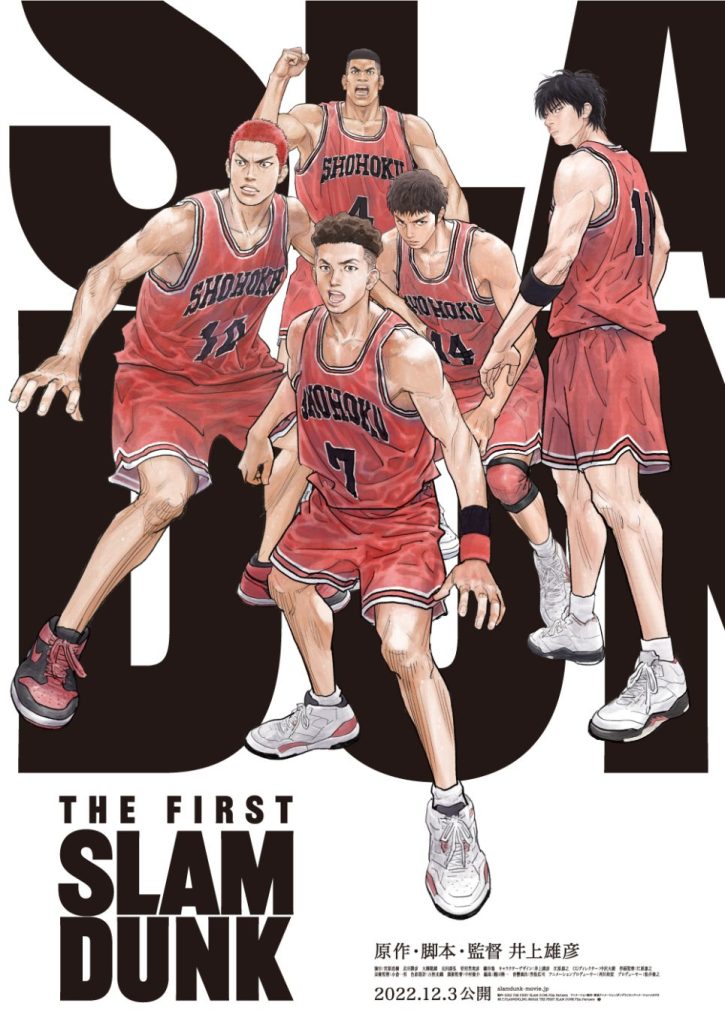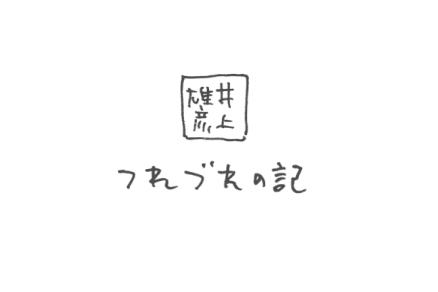
From the Beginning
May 2014, Echizen, Fukui Prefecture.
The tradion of creating washi has continued for 1500 years and is still alive in the city of Echizen.
Yanase Washi let me visit their Gassho-zukuri washi factory.
The sound of water never stops.
The workshop where washi is created uses an abundant supply of water, and the various sounds of it flowing feel good.
The craftsmen wear long aprons and tall boots.
Water is constantly flowing around their feet.
This is a scene you would probably only find in a water rich country like Japan.
And I’ve even heard that washi making occurs in every house.
.jpg)
We all believe that ‘of course’ we know paper, but how much do we truly know about paper?
I, at least, did not know much.
Starting at the beginning, what is paper before it becomes paper?
Through what process is paper born, and what qualities does it have because of that?
That’s what I want to know.
The architect Gaudi examined the materials he used in his designs.
He used as much material from the local area as possible.
I’m not trying to follow in his footsteps, but obviously paper is paper, and I want to see what it is like before that.
That’s my motive for coming to Enzen.
I want to take a stab at making paper, taking the raw pulp and mixing it with water. I wonder what will be created?
To prepare, I had gotten a small paper making setup for the office. But Mr. Yanase, the president of Kamiyama Seishi likened that to a kid playing doctor.
As expected, the real paper factory is several times larger, and I get to see the layering of the bold and delicate skills of the craftsmen of work.
Two women are making the paper for fusuma.
They dissolve the pulp within a large amount of water.
I end up gazing at the smooth movement of the water as it flows back and forth over the drainage boards.
In reality, the water is a little thicker than normal, because a gooey liquid, “neri”, has been added alongside the pulp.
The movements of the two women are elegantly bold, and fast.
I guess that they move that way in response to the movement of the water.
It looks like the incessantly changing water is king, and the people are watching where it goes and reacting to it with minimal changes.
There is no wasted movement.
Elegant, strong and accurate.
Not too slow, not too fast.
We try our hand at making paper.
The pulp is blue, dyed with blue dying materials in the image of the blue sea and the blue sky from my month long stay in Barcelona in April. It splashes into the frame.
My staff pours the dark blue and while I pour the light blue, resulting in a pattern that can’t be predicted as it mixes.
People control the flow of the water and built the containing frame, but the rest is left to the water’s creation.
It is amateurish art, not very skilled, but it makes me happy to see what is made.
.jpg)
We create a 3m x 10m piece of washi, and name it “Heisei Choushaku Daishi”.
The main event starts to the dignified beat of taiko drums.
About 10 people grab the sides of the large and heavy drainage board built for exactly this purpose, seasawing it up and down, sending the pulp and neri infused water rolling in waves.
There is a lot of water, so it really looks like waves.
The distance from person to person, the distance from person to water.
Fighting to synchronize our breathing, we watch as the pulp accumulates on the drainage board.
The older lady next to me, one of the leaders, probably sees tens of times more than I do.
After moving the heavy drainage board for 30 to 40 minutes, the large peice of paper is finished.
Nobody has seen a piece of washi in one piece that is this big before.
I decide not to think about drawing on something so enormous for the time being.
。。。
What lies at the beginning of paper is the pulp, which comes from gampi, mitsumata, and paper mulberry, and the skill of the craftsmen.
It might be a bit of a mismatch to use washi in my drawings for the Catalonian architect Gaudi exhibition, but I think it will turn out well.
I got just a glimpse of the entrance down that path at the paper factory in Enzen, which has been called the birthplace of washi, but that’s the feeling I get.
.jpg)
Takehiko Inoue
2014.09.04

Recent Post







